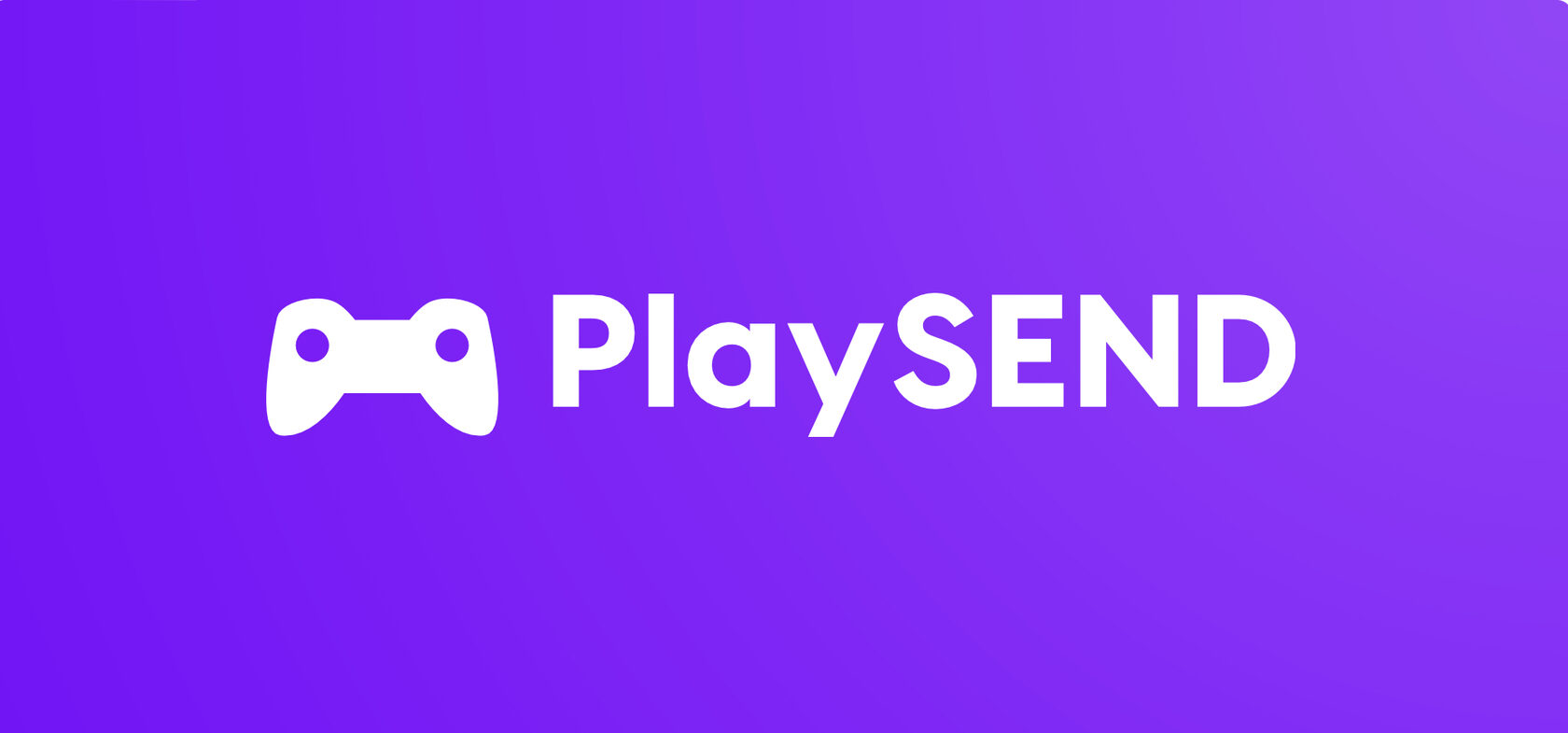Neurotechnology for Children: How New Devices Could Transform Learning
Neurotechnology for Children: How It’s Shaping the Future of Learning
Neurotechnology is gradually becoming an integral part of the educational process, helping children develop cognitive skills and improve their focus. What devices are already being used in schools, and how could they shape the future of education?
According to UNICEF, by 2022, more than 240 million children worldwide faced learning challenges, emphasizing the need for innovative approaches, such as the use of neurotechnology.
According to UNICEF, by 2022, more than 240 million children worldwide faced learning challenges, emphasizing the need for innovative approaches, such as the use of neurotechnology.

What Is Neurotechnology?
Neurotechnology refers to tools and systems that interact with the brain, analyze its activity, and can stimulate its functions. Examples of such technologies include:
Popular Devices
Several neurotechnological devices are already in use across different countries:
How Neurotechnology Supports Children
Currently, neurotechnology is being used for:
In the next 5–10 years, neurotechnology may become a routine part of children’s lives, used for both medical and educational purposes. For instance, brain-activity-monitoring headsets could become a staple in schools, helping children absorb material more effectively and develop focus skills.
However, safe and effective implementation will require strict regulations. Organizations like UNICEF are working to create ethical standards and laws to protect children from potential risks associated with these technologies.
By integrating neurotechnology into education and therapy, we could unlock new opportunities for children worldwide, ensuring they achieve their full potential while maintaining ethical safeguards.
Neurotechnology refers to tools and systems that interact with the brain, analyze its activity, and can stimulate its functions. Examples of such technologies include:
- Electroencephalographs (EEGs): Devices that measure the brain's electrical activity, often used to diagnose neurological conditions.
- Brain-Computer Interfaces (BCIs): Systems that translate brain signals into commands for computers, particularly helpful for individuals with motor impairments.
Popular Devices
Several neurotechnological devices are already in use across different countries:
- Muse by Interaxon: A wearable headband that tracks brain activity. It helps improve focus and manage stress. In U.S. schools, it’s used to enhance academic performance and reduce anxiety in children.
- Emotiv Epoc X: A headset that allows users to control virtual objects with their thoughts. It’s used in rehabilitation and educational programs for children with disabilities, helping them enhance cognitive skills.
- BrainCo Focus: This device measures concentration levels in real-time. It is used in classrooms to help students stay focused on tasks, leading to better academic outcomes.
- Neurosity Crown: A device that monitors brain activity and boosts productivity. It also identifies fatigue and motivation levels in students.
- Melomind: Neurostimulation headphones that promote relaxation and focus, especially useful for high school students preparing for exams.
How Neurotechnology Supports Children
Currently, neurotechnology is being used for:
- Diagnosing and Treating Neurodivergent Children: For example, approximately 1 in 160 children is diagnosed with autism spectrum disorder (ASD). Advanced technologies help with faster diagnoses and the development of effective treatment plans. In the U.S., children with autism undergo therapy using neurotechnology to improve communication skills and focus.
- Educational Applications: In some U.S. schools, children wear special headsets that measure their concentration levels during lessons. This data helps teachers tailor the learning process to individual students. Studies show that children using such technologies achieve 10–15% better results compared to traditional teaching methods.
In the next 5–10 years, neurotechnology may become a routine part of children’s lives, used for both medical and educational purposes. For instance, brain-activity-monitoring headsets could become a staple in schools, helping children absorb material more effectively and develop focus skills.
However, safe and effective implementation will require strict regulations. Organizations like UNICEF are working to create ethical standards and laws to protect children from potential risks associated with these technologies.
By integrating neurotechnology into education and therapy, we could unlock new opportunities for children worldwide, ensuring they achieve their full potential while maintaining ethical safeguards.
